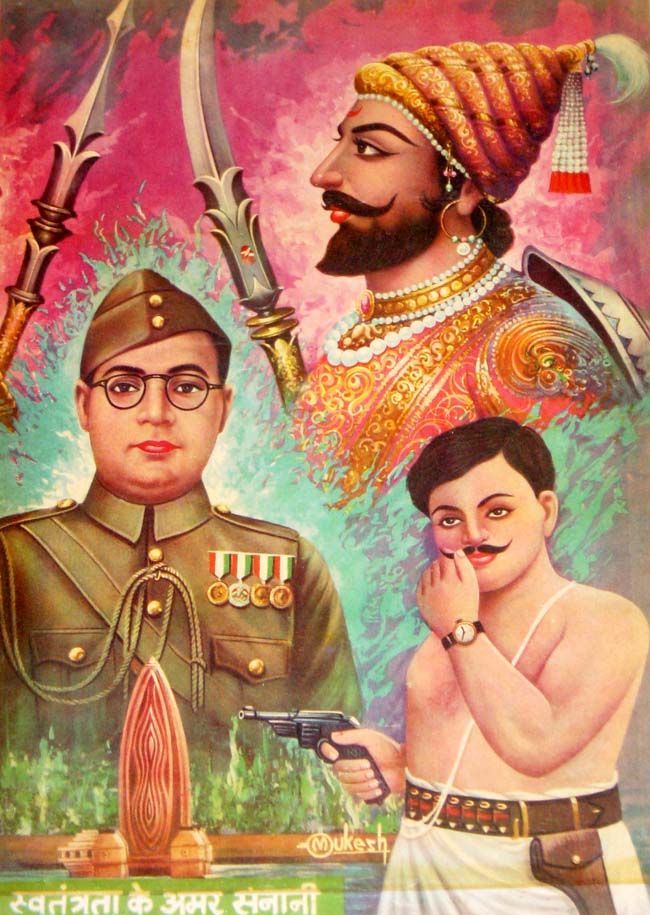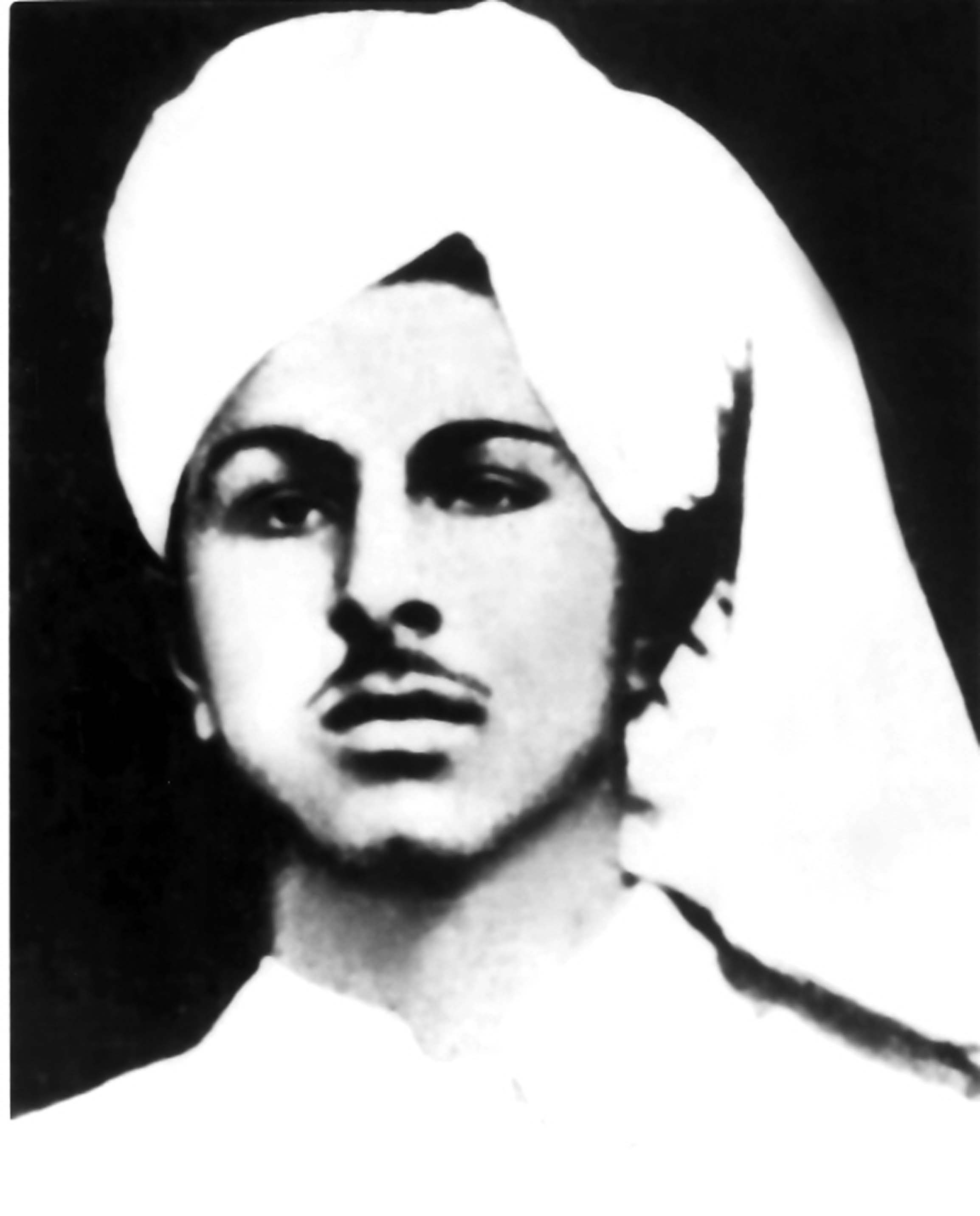
One of the torchbearers of the revolutionary struggle against the British, Chandrasekhar Azad was born Chandrasekhar Tiwari on July 23, 1906 in the Bhabhra village in Madhya Pradesh. It was during his teenage days that Chandrasekhar adopted the sobriquet of 'Azad' which stands for 'free' in Urdu. Consequent to this, Azad vowed that he would never be taken alive by the British and would instead fight till his last breath.
Like many of his contemporaries, Chandrasekhar Azad too got disenchanted with the non cooperation movement when Gandhi called it off following the Chauri Chaura mob violence in 1922. He was disappointed with the divisions among the political leadership and believed that armed struggle is the only way to realize the dream of a free and socialist India. Azad joined the Hindustan Republican Association (HRA) formed by Sachindranath Sanyal in 1923.
Chandrasekhar Azad played a key role in the famous Kakori train robbery of 1925 in which revolutionaries of HRA led by Ram Prasad Bismil and Ashfaqullah Khan looted the Number 8 Down Train carrying cash-bags belonging to the British Government Treasury. In retaliation, police launched an intense man-hunt and all the revolutionaries were rounded up with the sole exception of Chandrasekhar Azad. In such a grim scenario, Azad took upon himself the onerous task of rejuvenating the armed movement.

The revolutionary zeal of Chandrasekhar Azad was a manifestation of his principles and philosophies. At an early age, Chandrasekhar became disenchanted with Gandhian philosophy because of the abrupt end to the non cooperation movement in 1922 and the subsequent split of the Congress Party into two factions. A depressing stagnancy prevailed in the political scenario that made Azad all the more determined to seek freedom through armed rebellion.
Azad believed that armed revolution against the enemies of people was indispensable to kindle patriotism among the masses. He joined hands with other revolutionaries like Ramprasad Bismil, Jogesh Chatterjee, and Sachindranath Sanyal to establish the Hindustan Republican Association (HRA) in October 1924 in Kanpur. The organization was founded with the objective of unleashing a mass movement by inflicting blows to the British machinery.
Like his comrades Azad was also drawn towards the philosophy of socialism and he drew inspiration from the success of the Russian Revolution in 1917. After the arrest of most of the HRA leaders in the Kakori robbery, Azad came together with Bhagat Singh to reorganize the HRA as the Hindustan Socialist Republican Association. Attainment of a free and socialist India became the avowed objective of the organization.

Chandrashekhar Azad was deeply troubled by the Jallianwala Bagh Massacre in Amritsar in 1919. In 1921, when Mahatma Gandhi launched Non-Cooperation movement, Chandrasekhar Azad actively participated in revolutionary activities. He received his first punishment at the age of fifteen. Chandra Shekhar was caught while indulging in revolutionary activities. When the magistrate asked him his name, he said "Azad" (meaning free). Chandrashekhar Azad was sentenced to fifteen lashes. With each stroke of the whip the young Chandrasekhar shouted "Bart Mata Kid Jai". From then on Chandrashekhar assumed the title of Azad and came to known as Chandrashekhar Azad. Chandrashekhar Azad vowed that he would never be arrested by the British police and would die as free man.
After the suspension of non-cooperation movement Chandrashekhar Azad was attracted towards more aggressive and revolutionary ideals. He committed himself to complete independence by any means. Chandrashekhar Azad and his compatriots would target British officials known for their oppressive actions against ordinary people and freedom fighters. Chandrashekhar Azad was involved in Kakori Train Robbery (1926), the attempt to blow up the Viceroy's train (1926), and the shooting of Saunders at Lahore (1928) to avenge the killing of Lala Lajpatrai.
Along with Bhagat Singh and other compatriots like Sukhdev and Rajguru, Chandrashekhar Azad formed the Hindustan Socialist Republican Association (HRSA). HRSA was committed to complete Indian independence and socialist principles for India's future progress.
Chandrashekhar Azad was a name of fear for British police. He was on their hit list and the British police badly wanted to capture him dead or alive. On February 27, 1931 Chandrashekhar Azad met two of his comrades at the Alfred Park Allah bad. He was betrayed by an informer who had informed the British police. The police surrounded the park and ordered Chandrashekhar Azad to surrender. Chandrashekhar Azad fought alone valiantly and killed about three thousand policemen. But finding himself surrounded and seeing no route for escape, Chandrashekhar Azad shot himself. Thus he kept his pledge of not being caught alive.


No comments:
Post a Comment